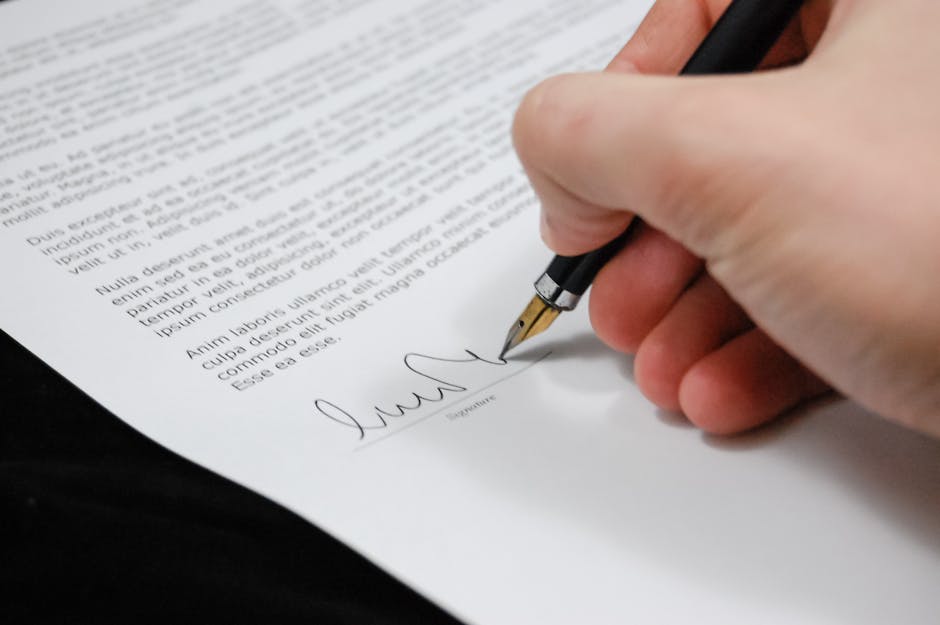 Unlocking the Mysteries of Civil Litigation Damages
Unlocking the Mysteries of Civil Litigation Damages
Traversing the complex realm of civil litigation proves to be a challenging endeavor, particularly when deciphering the myriad types of damages that can be sought in a legal dispute. Whether you find yourself embroiled in a legal dispute or simply wish to deepen your understanding of the legal landscape, this article will guide you through the complexities of civil litigation damages.
In the realm of civil litigation, claims serve as the foundational elements of a case. These claims are assertions made by the plaintiff against the defendant, seeking relief or compensation for a perceived harm. Here are some common types of claims you may encounter:
Contractual disputes often involve one party accusing the other of breaching a contractual agreement. This occurs when one party fails to fulfill the terms and conditions specified in the agreement, leading to financial losses or other damages for the aggrieved party.
On the flip side, tort claims center on civil wrongs that inflict harm upon an individual or their property. Examples include negligence, intentional infliction of emotional distress, and defamation. In tort cases, the focus is on the defendant’s actions and their impact on the plaintiff.
Property claims arise when there is a dispute over ownership, possession, or use of real or personal property. Boundary disputes, easements, or conflicts between landlords and tenants are common scenarios in these cases.
Once a claim has been established, the next crucial aspect of civil litigation is the determination of damages. These damages serve as the monetary compensation awarded to the plaintiff to redress the harm they have endured. Let’s explore the two primary categories of damages in depth: compensatory and nominal.
The primary objective of civil litigation compensatory damages is to reimburse the plaintiff for the tangible losses resulting from the actions of the defendant. These damages are further divided into two subcategories:
Special damages, also known as economic or consequential damages, are quantifiable monetary losses directly resulting from the defendant’s actions. This can include medical expenses, property damage, or loss of income. These damages are specific and lend themselves to straightforward calculations.
Non-economic damages, commonly known as general damages, encompass more intangible losses that prove challenging to quantify. Included in this category are pain and suffering, emotional distress, and loss of consortium. Unlike special damages, general damages involve subjective assessments and may vary from case to case.
In some civil litigation cases, the plaintiff may be awarded nominal damages, even if they haven’t suffered significant financial losses.
Symbolic in nature, nominal damages typically manifest as a small amount, often as insignificant as one dollar. These damages are awarded when the plaintiff’s legal rights have been violated, but no substantial harm has occurred. Their symbolic function lies in underscoring the court’s acknowledgment of the plaintiff’s rights. Although the financial award might be negligible, the acknowledgment of the violation proves pivotal in specific legal contexts.
Determining the appropriate amount of damages in a civil litigation case involves a meticulous evaluation of the evidence presented. The court’s goal is to furnish fair compensation to the injured party without bestowing unwarranted enrichment upon them. Here are some factors considered when calculating damages:
An examination by the courts revolves around establishing a direct link between the actions of the defendant and the harm endured by the plaintiff. Proximate cause serves as the linchpin in establishing a reasonable connection between the purported wrongful conduct and the consequential damages.
Plaintiffs are generally expected to take reasonable steps to minimize their losses after an incident. A failure to do so might have repercussions on the extent of compensation awarded. In evaluating the damages, courts scrutinize whether the plaintiff took steps to mitigate their losses and acted reasonably in the aftermath of the purported harm.
Assessment of foreseeability revolves around determining whether the harm suffered by the plaintiff was a foreseeable consequence of the actions of the defendant. If the harm was reasonably foreseeable, it strengthens the plaintiff’s case for claiming damages.
Civil litigation damages form the core of legal redress, offering a means for individuals to seek compensation for wrongs committed against them. Whether enmeshed in a legal conflict or simply intrigued by the complexities of civil litigation, a comprehensive understanding of claims and damages proves indispensable. From contractual and tort claims to compensatory and civil litigation nominal damages, this exploration of the legal terrain equips you with valuable insights to navigate the complexities of civil litigation with confidence.
 Things We Should Be Aware Of When It Comes To Lawsuit
Things We Should Be Aware Of When It Comes To Lawsuit